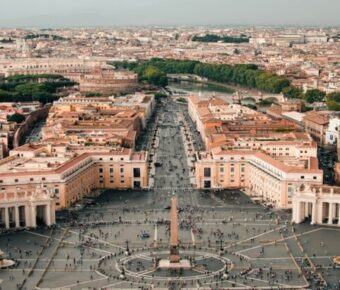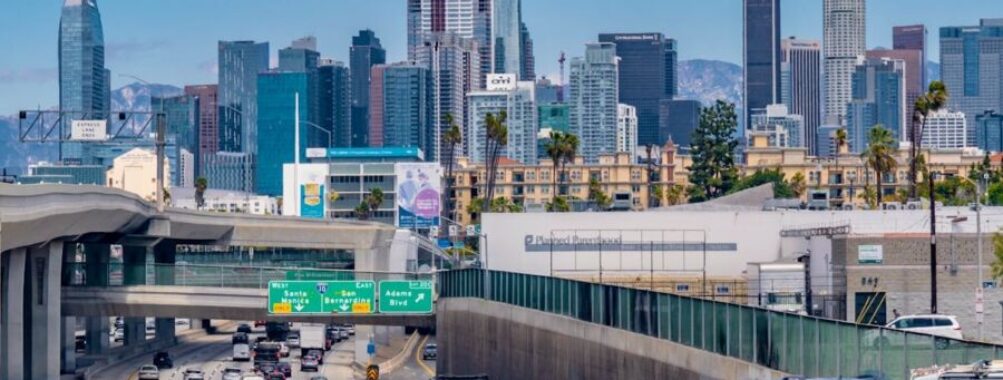
Is Los Angeles Safe? 5 Surprising Facts About Crime in the City of Angels
Los Angeles, the City of Angels, draws millions of visitors each year. But with recent wildfires and reports of crime, many wonder if it’s safe to visit. While LA faces challenges like any big city, most areas popular with tourists remain quite safe when taking basic precautions.
The current wildfires in January 2025 have affected some parts of LA County, prompting evacuations in certain neighborhoods. Travelers should check local advisories and avoid fire-impacted areas. But much of the city carries on as usual, with iconic spots like Hollywood and Santa Monica still welcoming visitors.
Smart travelers can enjoy LA safely by staying alert, sticking to well-traveled areas, and using common sense. The city offers endless sunny adventures – from star-spotting on Rodeo Drive to hitting the beaches of Venice and Malibu. With some street smarts, there’s no reason to skip the wonders of Los Angeles.
Contents
- Understanding Los Angeles
- Geography and Neighborhoods
- History and Culture
- Safety Overview
- Crime Rates and Trends
- Emergency Services and Numbers
- Travel Tips and Considerations
- Solo and Female Travelers
- Getting Around Safely
- Places to Avoid in Los Angeles
- Health and Travel Insurance
- Natural Disasters and Environmental Hazards
- Wildfires and Evacuation Orders
- Earthquakes and Safety Measures
- Tourism and Attractions Safety
- Famous Landmarks and Tourist Areas
- Beaches and Coastal Locations
- Social Issues and Awareness
- Homelessness and Public Perception
- Gang Violence and Impacts on Safety
- Practical Insights and Local Advice
- Frequently Asked Questions
- What precautions should tourists take when visiting Los Angeles?
- Which neighborhoods in Los Angeles are considered the safest for visitors?
- How does the safety of Los Angeles compare with New York City for residents?
- Are there any safety concerns for students studying in Los Angeles?
- Can tourists feel secure traveling around Los Angeles during evening hours?
- What strategies can individuals employ to ensure safety while living in Los Angeles?
- More Travel Guides
Understanding Los Angeles
Los Angeles is a sprawling metropolis with diverse neighborhoods and a rich cultural tapestry. The city’s unique geography and fascinating history have shaped its identity as a global hub for entertainment, innovation, and multicultural experiences.
Geography and Neighborhoods
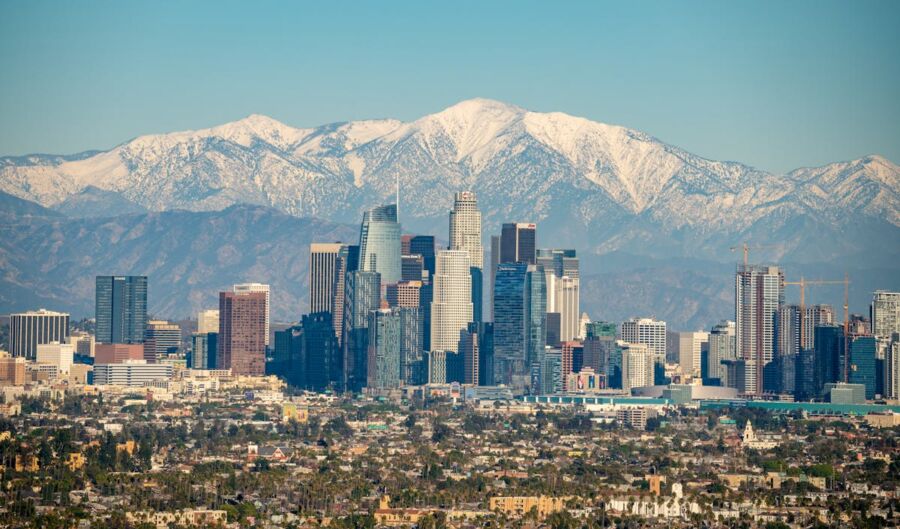
LA covers a huge area of 469 square miles, from beaches to mountains. The city is split into many distinct neighborhoods, each with its own vibe. Beverly Hills is known for luxury shops and celebrity homes. Compton has a strong hip-hop culture. West Hollywood is the center of LGBTQ+ nightlife.
Mulholland Drive winds through the Hollywood Hills, offering amazing views. Marina Del Rey has a pretty harbor full of boats. Watts is famous for its towering art sculpture. The Griffith Observatory sits on a hilltop, perfect for stargazing.
History and Culture
Los Angeles started as a small Spanish settlement in 1781. It grew rapidly after joining the US in 1848. The movie industry took off in the early 1900s, making Hollywood famous worldwide.
LA’s culture is super diverse. You’ll find influences from Mexico, Asia, Europe, and beyond. The food scene is amazing – try everything from Korean tacos to gourmet burgers.
Art is everywhere in LA. There are world-class museums, colorful street murals, and outdoor sculptures. Music is a big deal too, with genres like surf rock and gangsta rap born here. Sports fans love cheering for teams like the Lakers and Dodgers.
Safety Overview
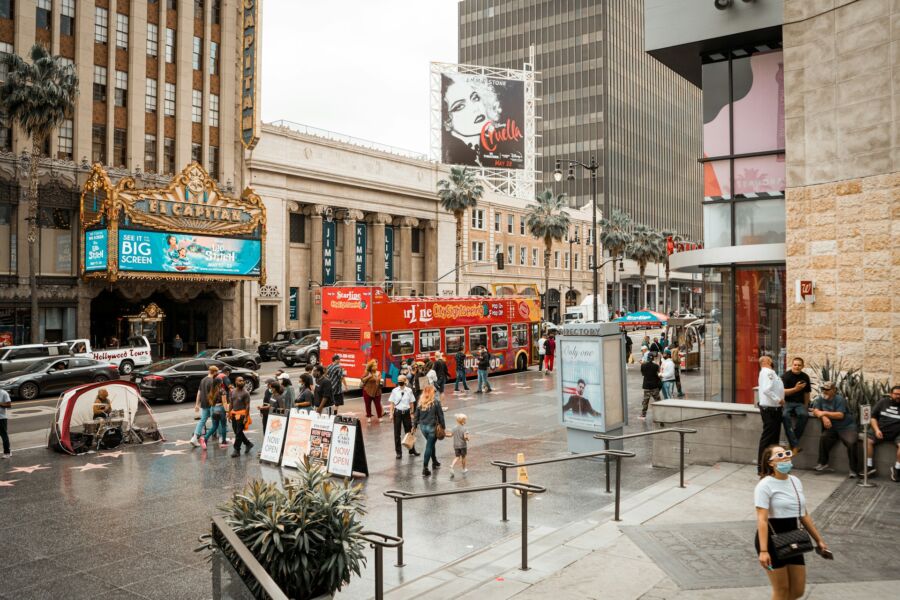
Los Angeles has a mixed safety record. Crime rates vary widely across different neighborhoods. Emergency services are generally reliable, but response times can differ depending on the area.
Crime Rates and Trends
LA’s crime situation is complex. Some parts of the city are quite safe, while others see more criminal activity. Santa Monica and Westwood tend to be safer areas. Skid Row, on the other hand, has higher crime rates.
LAPD stats show that violent crimes have gone down a bit lately. However, property crimes are still a problem, especially in busier city areas. Theft is the most common crime in LA. The city’s assault rate is higher than average at 463.3 incidents per 100,000 people.
In 2022, LA saw more crime overall. There were 60 reported crimes for every 1,000 residents. That’s an 11% jump from before. But things might be looking up. Recent data from 2023 shows fewer violent crimes like robbery and rape.
Emergency Services and Numbers
LA has a solid network of emergency services. The city’s 911 system handles urgent calls for police, fire, and medical help. Response times can vary based on where you are and how busy things are.
For non-emergencies, 311 is the number to call. It’s for city services and information. The LAPD also has a non-emergency number: 1-877-ASK-LAPD (1-877-275-5273).
If you’re in trouble, look for blue light emergency phones around the city. They connect directly to campus or local police. It’s smart to save these numbers in your phone before your trip:
- Emergency: 911
- Non-emergency police: 1-877-275-5273
- City services: 311
Remember, in any big city, stay aware of your surroundings. Trust your gut if something feels off.
Travel Tips and Considerations
Los Angeles can be a safe and enjoyable destination with the right precautions. Visitors should plan ahead, stay aware of their surroundings, and use common sense to make the most of their trip.
Solo and Female Travelers
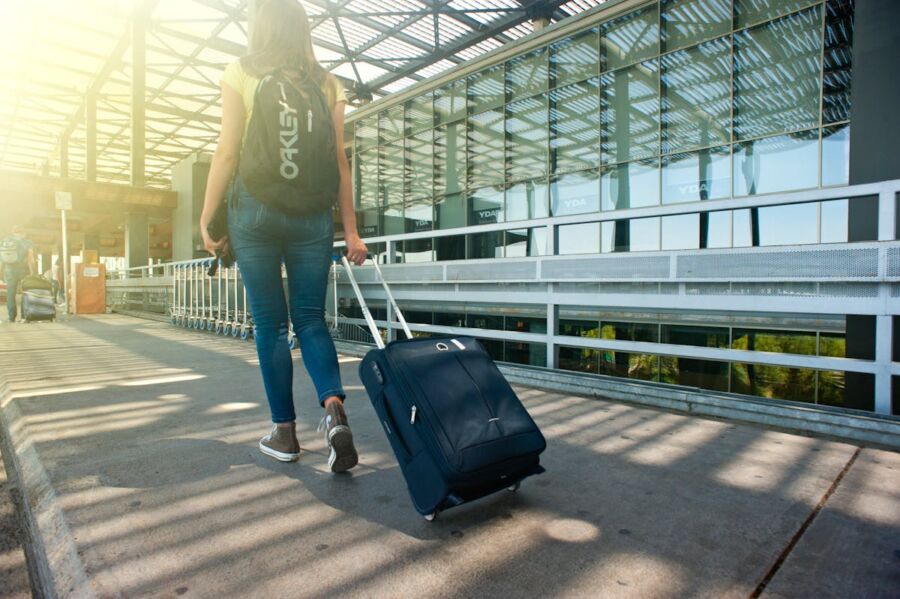
LA can be a great place for solo and female travelers. It’s smart to stay in well-lit, busy areas, especially at night. Trust your gut – if something feels off, leave.
Some tips for solo travelers:
- Let someone know your plans each day
- Join group tours to meet people
- Stay at social hostels to connect with other travelers
- Use ride-sharing apps instead of walking alone late at night
Female travelers might consider:
- Dressing modestly in some areas to avoid unwanted attention
- Carrying a whistle or personal alarm
- Staying extra alert in crowded tourist spots
Getting Around Safely
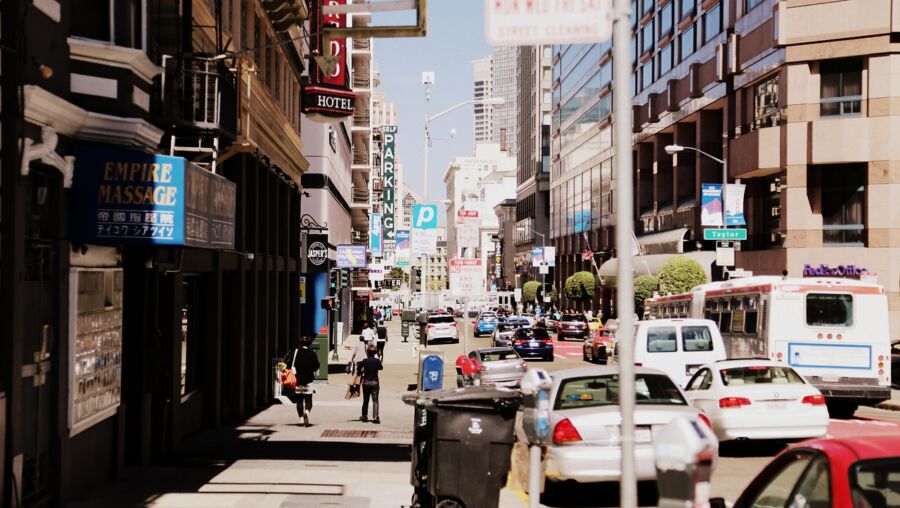
LA is known for its sprawling layout and car culture. While public transit exists, it’s not as extensive as in other big cities.
Safe ways to get around:
- Uber and Lyft are popular and generally safe
- The Metro system covers some areas but can be sketchy late at night
- Renting a car gives freedom but watch for expensive parking
- Taxis are reliable from official stands at airports and hotels
Driving tips:
- Don’t leave valuables visible in parked cars
- Be ready for heavy traffic, especially during rush hour
- Use a GPS app to avoid getting lost in unfamiliar areas
Places to Avoid in Los Angeles
While most tourist areas are safe, some neighborhoods are best avoided, especially after dark:
Areas to be cautious:
- Skid Row
- Parts of South Central
- Some areas of Hollywood at night
Instead, stick to popular spots like:
- Santa Monica
- Beverly Hills
- Downtown LA during the day
- Venice Beach (but be aware of pickpockets)
It’s always smart to research specific areas before visiting and ask locals or hotel staff for advice.
Health and Travel Insurance
Having good insurance is key for peace of mind in LA. The city has excellent hospitals, but medical care can be very expensive without coverage.
Travel insurance tips:
- Get a policy that covers medical emergencies and evacuation
- Check if your regular health insurance works in the US
- Consider coverage for trip cancellation and lost luggage
Health precautions:
- Stay hydrated, especially in hot weather
- Use sunscreen – the LA sun can be intense
- Be cautious with street food to avoid stomach issues
Remember to bring any necessary medications and a copy of your prescriptions.
Natural Disasters and Environmental Hazards
Los Angeles faces some unique risks from nature. The city deals with wildfires, earthquakes, and other hazards that locals need to be ready for.
Wildfires and Evacuation Orders

Wildfires are a big worry in LA, especially during dry and windy times. The Santa Ana winds can make fires spread fast. In recent years, huge fires like the Kenneth Fire have forced thousands to leave their homes.
Cal Fire works hard to fight these blazes. But residents should have a “go bag” ready just in case. It’s smart to sign up for emergency alerts on your phone too. That way you’ll know right away if there’s an evacuation order.
When the air gets smoky, it’s best to stay inside. Keep windows closed and use air filters if you have them. Flightradar24 can show if any flights are canceled due to fire conditions.
Earthquakes and Safety Measures
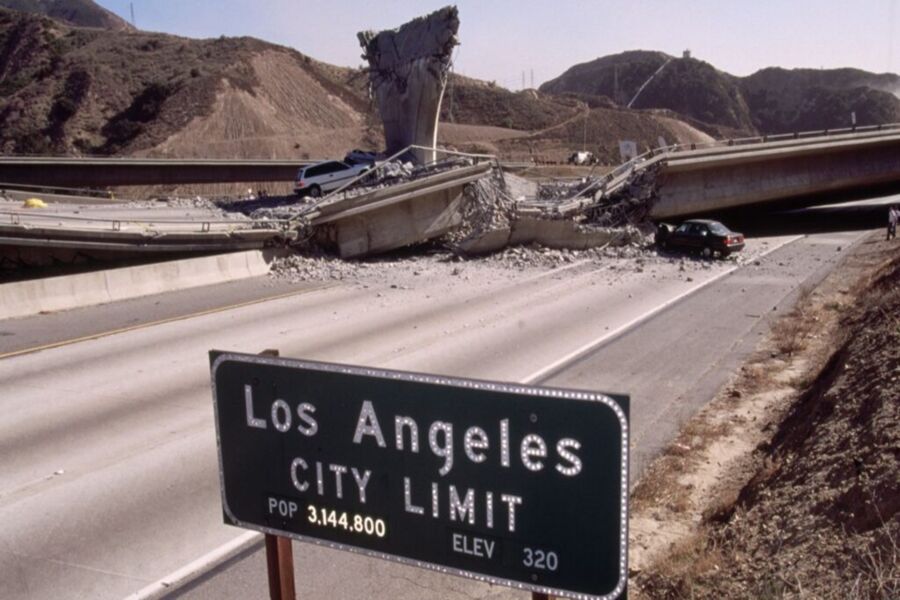
Quakes are another fact of life in LA. The city sits near several fault lines on the Pacific Coast. Big ones don’t happen often, but smaller shakes are pretty common.
During a quake, drop, cover, and hold on. Get under a sturdy table if you can. Stay away from windows or things that could fall.
It’s smart to bolt big furniture to walls so it won’t topple. Keep some water and non-perishable food on hand too. After a big quake, you might need to manage on your own for a few days.
LA has strict building codes to make structures safer in quakes. But older buildings can still be risky. If you’re house hunting, ask about earthquake retrofitting.
Tourism and Attractions Safety
LA’s got tons of famous spots and fun things to do for visitors. Tourists can feel pretty safe checking out the sights, but it’s smart to stay alert like you would in any big city.
Famous Landmarks and Tourist Areas
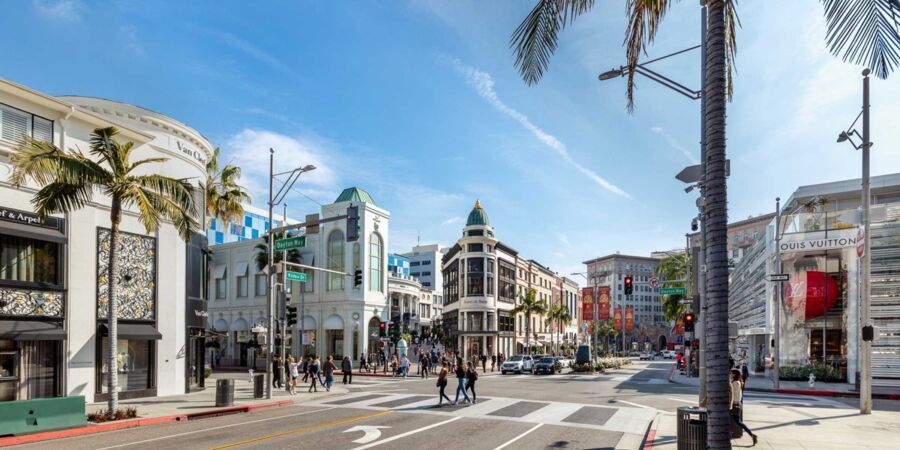
The Walk of Fame is one of LA’s biggest draws. It’s usually packed with people, so keep an eye on your stuff. Universal Studios Hollywood is a blast for movie buffs. They’ve got good security, so you can focus on having fun.
Rodeo Drive is fancy-pants central. Window shop to your heart’s content, but watch out for pickpockets in the crowds. Sunset Boulevard has awesome nightlife. Stick to well-lit areas and go with friends for the best time.
The new Academy Museum is super cool for film lovers. It’s in a safe part of town, but don’t leave valuables in your car. LA’s public transit is getting better. Buses and trains are okay during the day, but grab a rideshare at night to be extra safe.
Beaches and Coastal Locations

Venice Beach is a total trip. The boardwalk’s got street performers, shops, and muscle beach. It’s fun during the day, but can get sketchy after dark. Santa Monica’s famous pier and beach are family-friendly spots. The police keep a good eye on things there.
Malibu’s beaches are gorgeous and pretty chill. Just watch out for big waves if you’re not a strong swimmer. Lifeguards are on duty at most popular beaches. Pay attention to any warnings about water quality or dangerous conditions.
Some beach parking lots can be targets for car break-ins. Don’t leave anything valuable in sight. And remember your sunscreen! Nothing ruins a beach day like a nasty sunburn.
Social Issues and Awareness
Los Angeles faces some tough social challenges that can affect safety. These issues shape how people see and experience the city.
Homelessness and Public Perception
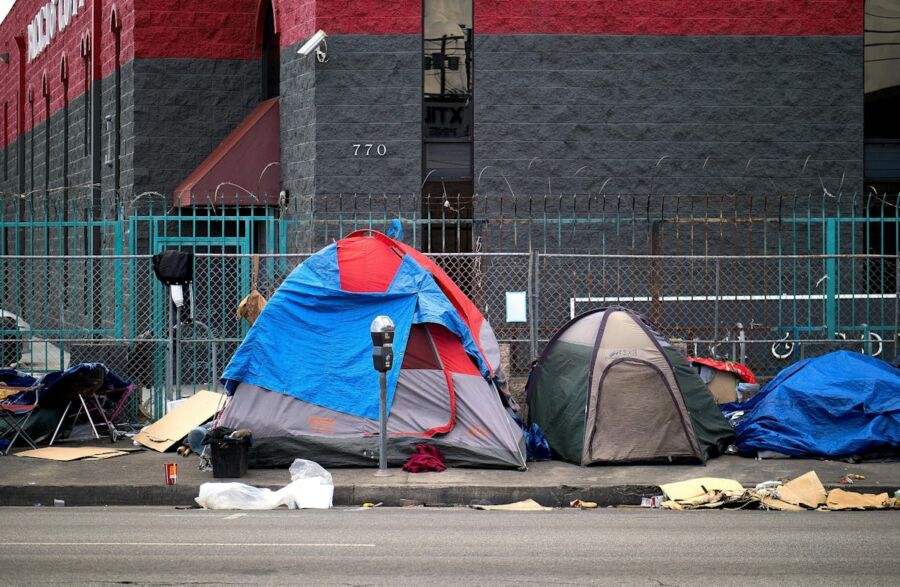
LA has a big homelessness problem. You’ll likely see people living on the streets in many areas. Skid Row in downtown LA has lots of tents and makeshift shelters. This can make some visitors feel uneasy.
The city’s trying to help, but it’s a complex issue. Most homeless folks aren’t dangerous, but mental illness and drug use are common. This can lead to unpredictable behavior sometimes.
Be aware, but don’t assume all homeless people are threats. Using common sense goes a long way. Avoid areas with large encampments at night if you’re nervous.
Gang Violence and Impacts on Safety
Gang activity is still an issue in parts of LA. But it’s way less than in the 1980s and 90s. Most gang violence happens between rival groups, not random people.
Tourist spots are usually safe from gang problems. But some neighborhoods have higher crime due to gangs. Areas like South LA and parts of East LA need extra caution.
Gangs impact the city’s overall safety reputation. But for visitors, the risk is pretty low if you stick to popular areas. Just be street smart and avoid flashing valuables or cash.
Practical Insights and Local Advice
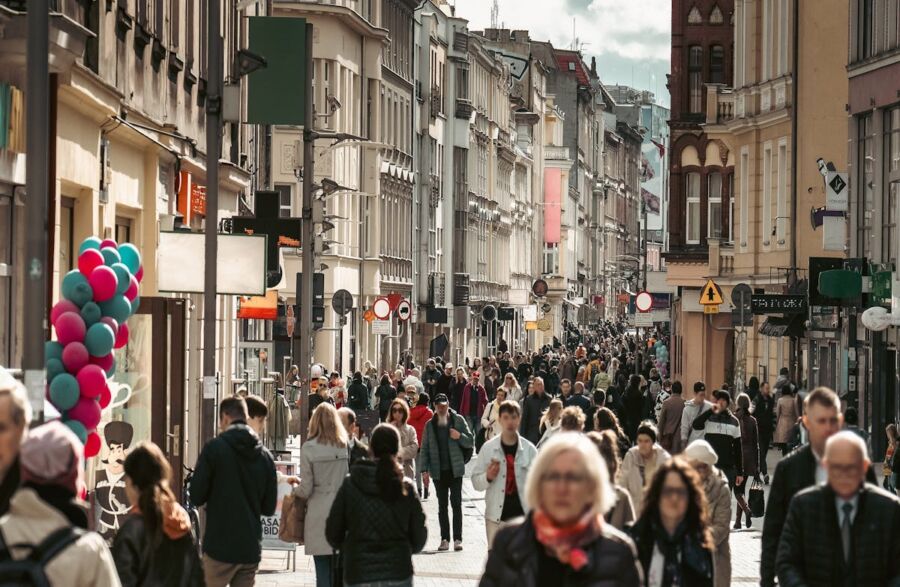
Los Angeles is pretty safe for visitors, but you should stay alert. Like any big city, there’s some crime. Stick to well-lit areas at night and trust your gut.
Pickpockets love touristy spots, so keep an eye on your stuff, especially at busy places like Hollywood Boulevard or Venice Beach. Use a cross-body bag or front pocket for valuables.
Scams can catch tourists off guard. Be wary of people offering deals on the street or claiming to be talent scouts. If it sounds too good to be true, it probably is.
Here are some quick safety tips:
- Use rideshares or official taxis after dark
- Don’t flash expensive jewelry or gadgets
- Stay aware of your surroundings
- Lock car doors and keep valuables out of sight
Movie stars aren’t as common as you might think. But celebs do pop up sometimes. Just remember they’re people too – don’t bug them for photos or autographs.
The metro can be handy for getting around, but it’s best during daytime hours. At night, rideshares are often safer.
Beach safety matters too. Swim near lifeguard towers and watch for riptide warnings. The sun’s strong here, so don’t forget sunscreen!
Frequently Asked Questions
Los Angeles can be a safe and exciting place to visit or live, but it’s important to be aware of potential risks and take sensible precautions. Here are some common questions about safety in the City of Angels.
What precautions should tourists take when visiting Los Angeles?
Tourists should stay alert and aware of their surroundings, especially in crowded tourist areas. Keep valuables out of sight and use hotel safes when possible. Stick to well-lit, busy streets at night. It’s also smart to research neighborhoods before exploring and trust your instincts if a situation feels unsafe.
Which neighborhoods in Los Angeles are considered the safest for visitors?
Some of the safest areas for tourists include Santa Monica, Beverly Hills, and West Hollywood. These spots have lower crime rates and lots of visitors. The beach cities like Manhattan Beach and Hermosa Beach are also great choices. Just remember, no place is 100% crime-free, so stay alert anywhere you go.
How does the safety of Los Angeles compare with New York City for residents?
Both cities have their share of crime, but Los Angeles tends to have lower violent crime rates than New York. L.A. is more spread out, which can make some areas feel safer. But New York has a bigger police presence in tourist areas. Each city has safe and not-so-safe spots, so it’s best to research specific neighborhoods.
Are there any safety concerns for students studying in Los Angeles?
Students should take normal big-city precautions. Don’t walk alone late at night, especially near campus. Use buddy systems and campus safety escorts. Be careful with alcohol and watch your drinks. Most college areas in L.A. are pretty safe, but it’s smart to know the areas to avoid near campus.
Can tourists feel secure traveling around Los Angeles during evening hours?
Many parts of L.A. are fine at night, especially popular spots like Hollywood and Santa Monica. But it’s best to use caution after dark. Stick to well-lit areas with other people around. Take rideshares or taxis instead of walking long distances. Some areas like downtown can get sketchy late at night, so plan your evening outings carefully.
What strategies can individuals employ to ensure safety while living in Los Angeles?
Get to know your neighborhood and which areas to avoid. Make friends with neighbors to look out for each other. Use good home security like alarm systems and solid locks. Be smart about sharing info on social media. Learn the public transit system to avoid sketchy areas. And always trust your gut – if something feels off, remove yourself from the situation.



